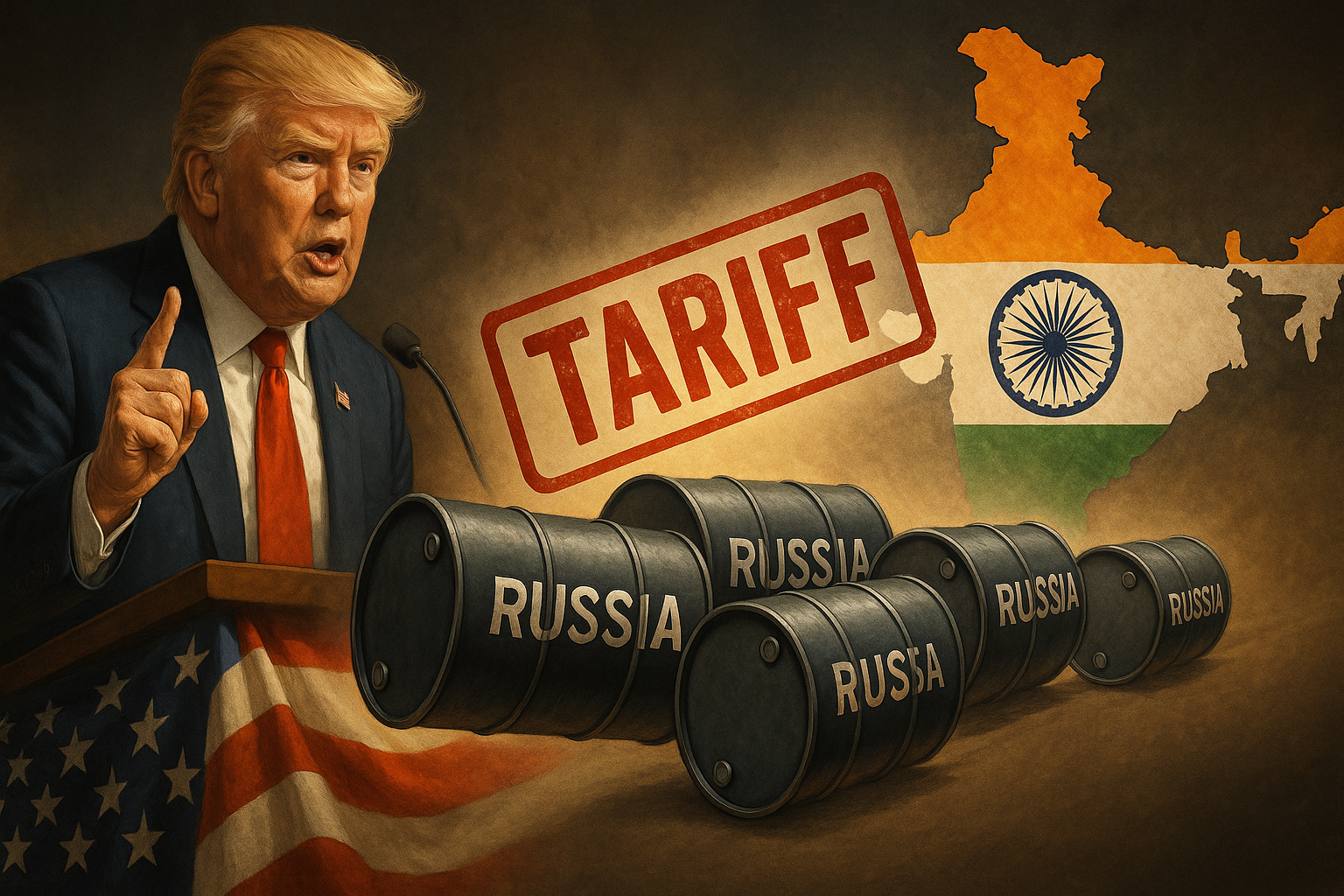Former President Donald Trump has threatened to slap "massive" tariffs on India unless the country stops purchasing Russian oil—adding yet another country to his ever-expanding tariff hit list as he campaigns for a second term.
The announcement came during one of his trademark Pennsylvania rallies, where Trump's economic foreign policy vision continues to center around his favorite tool: tariffs, tariffs, and more tariffs.
Look, there's something almost predictable about Trump's approach to international relations at this point. Got a problem with another country? Threaten tariffs. It's his diplomatic hammer, and every international issue looks remarkably nail-shaped.
I've covered Trump's tariff threats since his first campaign, and the playbook hasn't changed much. What's different this time is the target and the reasoning.
India has dramatically increased its Russian oil imports since the Ukraine invasion began—from nearly nothing before the war to approximately 2 million barrels daily. They've essentially become Moscow's premium customer, scooping up sanctioned crude at bargain-basement prices.
It's classic market arbitrage. When Western sanctions created a price distortion, India spotted an opportunity. They buy discounted Russian crude, refine it, and then—here's the kicker—sometimes sell the resulting petroleum products back to Western markets. Clever, if somewhat cheeky.
But would Trump's proposed tariffs actually work?
Doubtful. India imports about 85% of its oil needs, and Russian discounted crude has been an economic windfall for New Delhi. A back-of-the-envelope calculation suggests U.S. tariffs on Indian goods (worth roughly $79 billion annually) would sting, but probably not enough to offset the roughly $50 billion benefit India gets from discounted Russian crude.
Plus, oil markets are notoriously slippery. Force India to stop buying Russian oil, and those barrels don't just disappear—they find different buyers, often through increasingly complex shell games and maritime maneuvers. The global energy chessboard simply rearranges itself.
"These kinds of threats ignore basic market realities," an energy analyst told me yesterday (requesting anonymity because their firm does business with both countries). "Oil flows like water—it finds the path of least resistance."
The timing here matters too. Trump isn't president (yet, as he'd surely remind us), making this more campaign bluster than imminent policy. Meanwhile, the Biden administration has taken a surprisingly soft approach toward India's Russian oil purchases, recognizing Prime Minister Modi's delicate balancing act between East and West.
I attended a trade policy conference last month where a former State Department official put it bluntly: "India's too important as a counterweight to China for us to pick this fight."
There's also a rather glaring contradiction in Trump's position. He's repeatedly criticized Biden's Ukraine policy as too interventionist—yet here he is, proposing measures that would strengthen the very sanctions regime he seems to believe is misguided.
(Consistency has never been his strong suit.)
For India's part, they've mastered the art of strategic ambiguity—nodding politely to Western concerns while continuing to pursue their national interests. Prime Minister Modi has become quite adept at telling different audiences exactly what they want to hear.
The markets barely flinched at Trump's comments. They've seen this movie before, and while the characters might change, the plot remains frustratingly familiar.
In the end, this latest tariff threat highlights the perpetual disconnect between political rhetoric and economic reality. Campaign promises rarely survive contact with the complexities of global trade and energy markets—something any president, former or future, eventually discovers.
